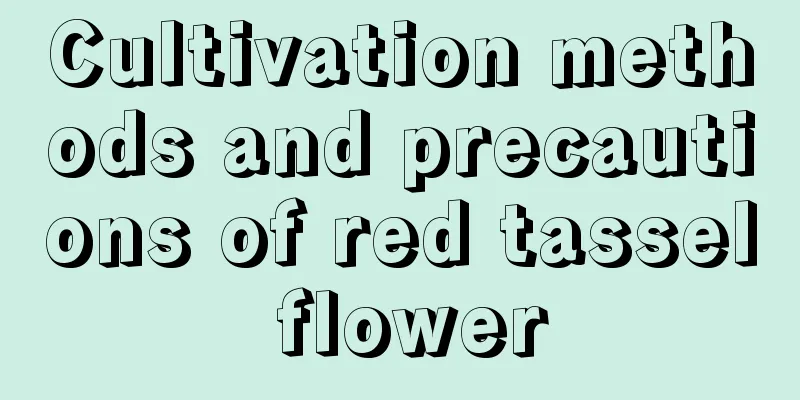How to cultivate Chunmengdianjin

1. Maintenance methods1. Temperature: It likes warmth, which can be between 18 and 25 degrees. It is a variety that is not cold-resistant, so try to keep the temperature around 15 degrees in winter. In addition, it will hibernate when it is too hot in summer, so try not to exceed 35 degrees. 2. Light: Chunmengdianjin likes light. Good light will make its leaves fuller and grow faster. Except for summer, shading is generally not necessary in other seasons, and sufficient sunlight time must be ensured. In summer, you need to move it or use appropriate tools to shade it to prevent it from being sunburned. 3. Watering: It is very drought-resistant, but not water-resistant, so you only need to supplement it appropriately. You can water it once a week or so, or you can skip watering and just use spray instead. However, it is better to keep it slightly dry in winter. 4. Fertilization: Generally speaking, fertilizer is needed during the growing season, and it is better to apply it once a month. You don't need too much, it can be determined according to the size of the plant. 2. Breeding techniques1. Reproduction: You can use the sowing method, which is more suitable in May or June. You need to choose thick and healthy leaves, and the length should be about three or four centimeters. After cutting, let it dry first and then cut it into cuttings. Sand can be used as the substrate. After insertion, do not water too much, just keep it slightly moist. It will take root after about twenty-one to twenty-seven days. 2. Repotting: Try to do it once a year, and it can be done in spring every year. However, sometimes when the plant is seriously ill, it is necessary to repot it immediately as an auxiliary method of preventing and controlling the disease. When repotting, you can use sandy soil, perlite, vermiculite and other materials. 3. Problem diagnosis and treatment1. Disease: The most important disease is "anthracnose", which threatens a very wide range and causes serious damage to the leaves. The infected leaves need to be cut off in time and then sprayed with chlorothalonil. Some phosphorus and potassium fertilizers can also be used. 2. Pests: Whiteflies and aphids are common, which can be controlled with omethoate solution. IV. Other issues1. Toxicity: Chunmengdian Brocade is non-toxic and harmless. 2. Can it be grown at home?: Chunmengdianjin is also a kind of succulent, which is very suitable for viewing at home and is relatively easy to maintain. |
>>: How to plant passion fruit seedlings
Recommend
What fertilizer is best for beans?
Fertilizing time for beans The growth cycle of be...
These 6 kinds of flowers will bloom with just a little water, a must-have for lazy people
1. Smooth sailing with hydroponics Procedure 1. R...
Appreciation of Rose Varieties (Pictures and Text)
Pink Rose Pink rose belongs to the Rosaceae famil...
How often should peony flowers be watered?
How often should peony flowers be watered? Peonie...
How to breed peacock arrowroot
1. Division method 1. Time selection: around 20 d...
When is the best time to dig up lilies (do lilies need to be dug up and replanted every winter)
Do I need to dig lilies every year? Generally spe...
How to fertilize money grass, what fertilizer is good to use
1. Fertilization time Moneywort is a plant that l...
How to propagate Christmas cactus
Cutting propagation The simplest method of reprod...
How to grow Hoya in autumn
1. Loosen the soil In autumn, it is best to use a...
How to propagate Drosera capensis and what to pay attention to
How to propagate the Cape Drosera Cape Drosera ca...
Summer cabbage planting time and method
Summer cabbage planting time Cabbage seedlings ha...
How many meters are suitable for watermelon planting row spacing and plant spacing?
Watermelon planting spacing The planting spacing ...
Can cherry blossoms be planted in the north?
Can cherry blossoms be grown in the north? Cherry...
The flower language and legend of aloe vera
The flower language of aloe The specific morpholo...
What flowers are suitable for growing in Zhanjiang? What are the city flowers and trees?
1. Climate characteristics of Zhanjiang Zhanjiang...









